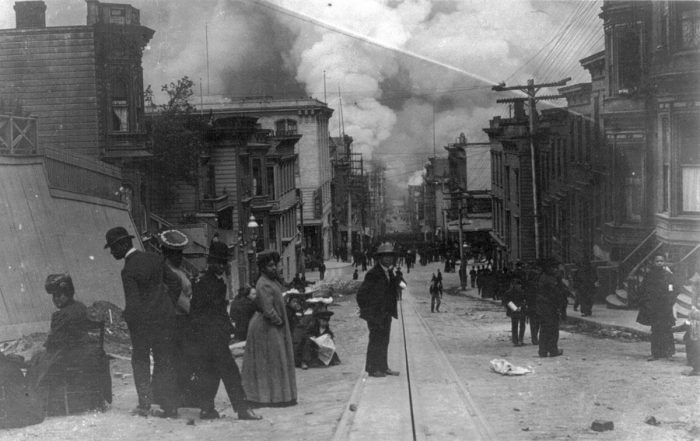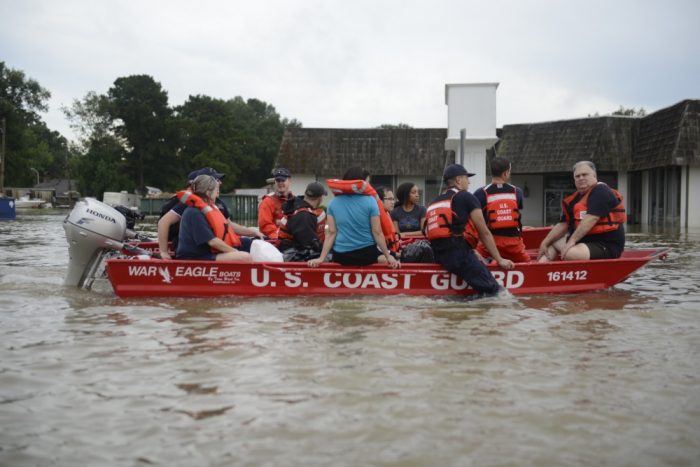Holly C. Sampson: Community Catalyst
This is part of a series of Q&A posts with the leading experts who make up our Advisory Council, a group of hardworking ambassadors passionate about changing the face of disaster giving for the good of affected communities worldwide. How did you come to be on the advisory council? In 2014, the Duluth Superior Area […]

This is part of a series of Q&A posts with the leading experts who make up our Advisory Council, a group of hardworking ambassadors passionate about changing the face of disaster giving for the good of affected communities worldwide.

How did you come to be on the advisory council?
In 2014, the Duluth Superior Area Community Foundation (DSACF) was asked to be one of seventeen community foundations participating in the Philanthropic Preparedness, Resiliency & Emergency Partnership (PPREP) program. It was through that experience that I got to know Regine. The Center for Disaster Philanthropy (CDP) plays a critical role with PPREP and I have really appreciated having the opportunity to work with the CDP team. In 2015, Regine asked if I would serve on CDP’s advisory council.
What expertise do you bring to CDP’s advisory council?
After the massive flash floods here in 2012, DSACF was thrust into disaster recovery work. The floods affected thirteen counties and impacted 2,000 homes across the region. It was the first time our community had dealt with a natural disaster of this magnitude.
Quickly launching into disaster mode, the foundation coordinated philanthropic efforts serving the families, individuals, businesses, and nonprofits that were impacted by the floods. We were able to immediately call on our long-term relationships with other foundations and nonprofit organizations in the Duluth area to quickly assemble a group of organizations committed to helping the community. This collaborative group served us well then and over the long haul as the recovery and resilience work has lasted much longer than we ever anticipated.
The 2012 floods showed us the important role community foundations can and should play in disasters. We had already established a solid network of partners that were prepared to work and plan together for the good of the entire community. So when disaster hit, we were able to help each other heal and bounce back faster. Our work has proven that strong communities do better when bad things happen.
I bring these experiences and strategies for making communities stronger, more resilient to my work with CDP. Ultimately, I want to help us get to the point where we are not just responding to crises, but actually working 365 days a year to build strong communities working toward resilience.
Is there a specific disaster experience that shaped your approach to your work?
It all goes back to the floods here in June 2012. That morning hit me personally. I live up the Lake Superior shore from Duluth, and so many roads and bridges were out that day that it was impossible to find a safe way for me to get to the office.

As the impact of the floods unfolded, the value of the working relationships we had already established was critical. Initially, I wasn’t sure if a convening role would work for the community, but the foundation served as a catalyst to make sure organizations weren’t duplicating efforts.
In that role, we were able to work closely and quickly with area nonprofits to identify roles for our organizations to fill, whether it was serving families, children, nonprofit organizations or businesses. There was no time lost worrying about who was in charge or confusion about the approach to recovery. The trust was already there, and we were ready to move forward together.
How does your engagement with CDP benefit you?
Through my role on the advisory council, I have the opportunity to hear about work being done around the world—work in Nigeria, refugee work in Syria, humanitarian education programs here in the U.S. It has also been interesting to hear that emergency management professionals worldwide struggle to get businesses and nonprofits to work together. This is where our experience comes in.
With our knowledge of a community’s strengths and challenges, community foundations are the ideal philanthropic and community convener. There are 1,200 community foundations around the world, and one of our most important roles is to bring multiple sectors together—emergency management providers, business leaders, nonprofit professionals, NGOs, and government officials. We are non-threatening resources who connect those who want to help with local organizations in need.
My involvement with the PPREP program has also been very beneficial. One of the outcomes from PPREP is that all of the participating Minnesota-based community foundations are working with the Minnesota Council on Foundations to create the Minnesota Disaster Philanthropy Working Group. This statewide learning and sharing network will include corporate, private, and independent foundations along with CDP, the Funders’ Network, and the Margaret A. Cargill Philanthropies. As the co-chair of that initiative, I am excited about identifying what role philanthropy can play in filling important funding gaps in the service and public sector. We look forward to sharing our efforts with other states, especially those in the Midwest who have been especially hit hard with climate change.
What predictions do you have for disaster philanthropy?
With climate change and the impact of extreme weather events, I believe that we’re just starting to see the potential that effective disaster philanthropy can have for our communities. This is a field that will emerge and mature dramatically over the next ten to twenty years. CDP is ideally qualified to help private funders see and fill the gaps in our current systems. It’s the long view that will help communities mitigate damage from disasters and, ultimately, become more resilient.
A balanced approach to health care provides the perfect analogy. We know it’s more effective to take preventative measures to be healthy while resorting to the emergency room for real crises. In the same way, it makes sense to build and sustain healthy communities so when disaster does strike, we are stronger and better prepared to respond.
More like this

How Black History Has Influenced Disaster Planning
